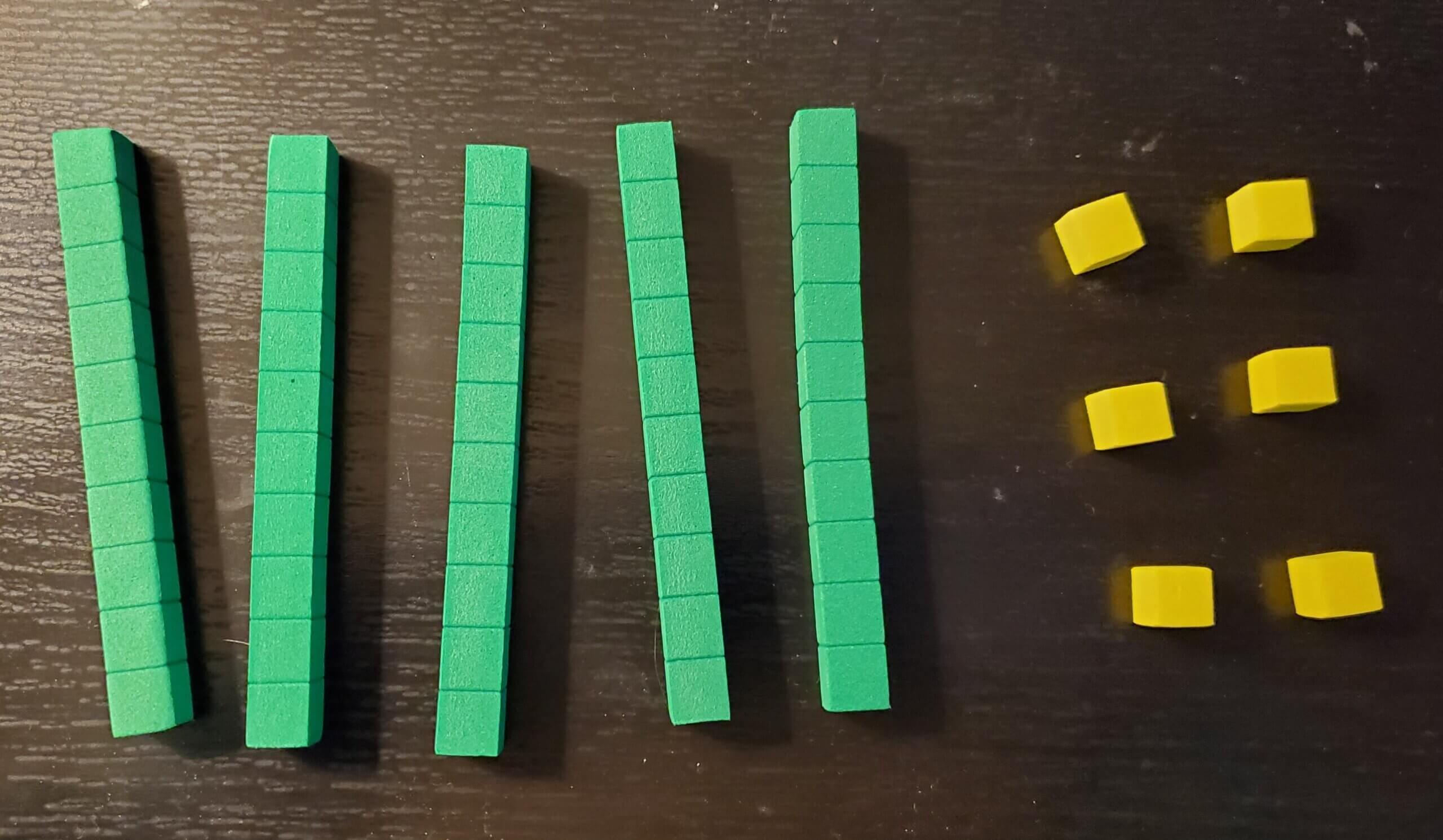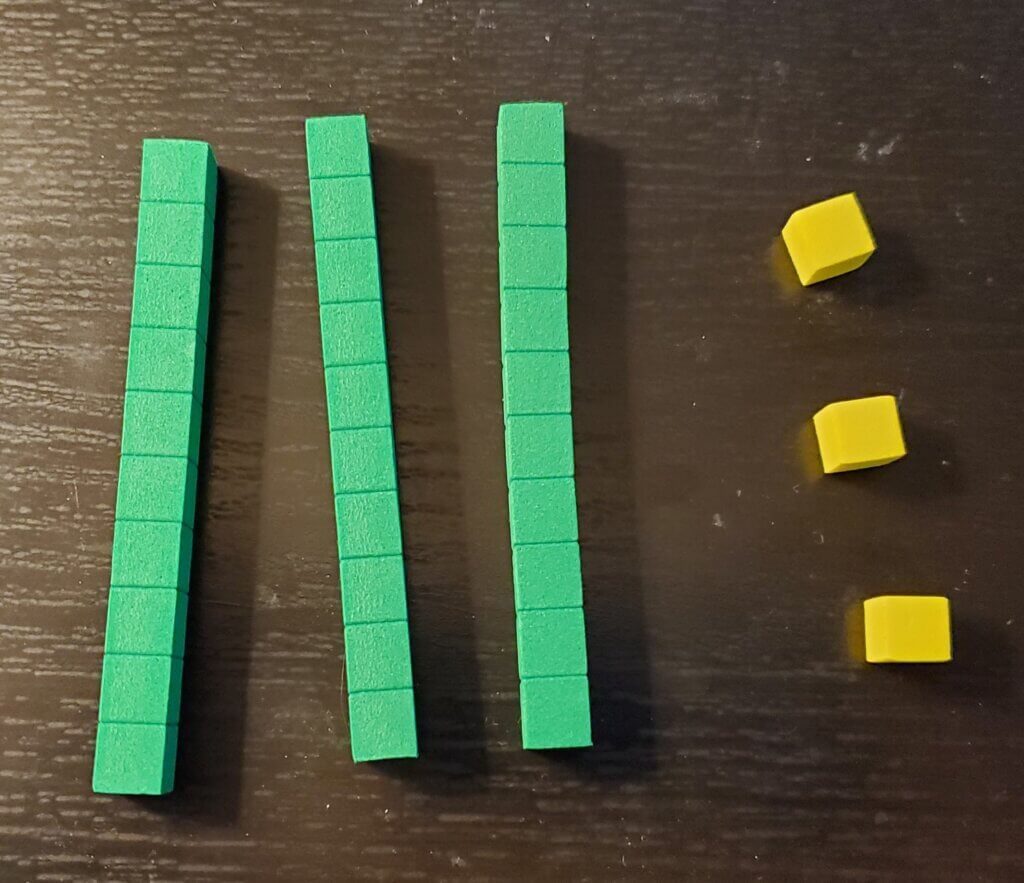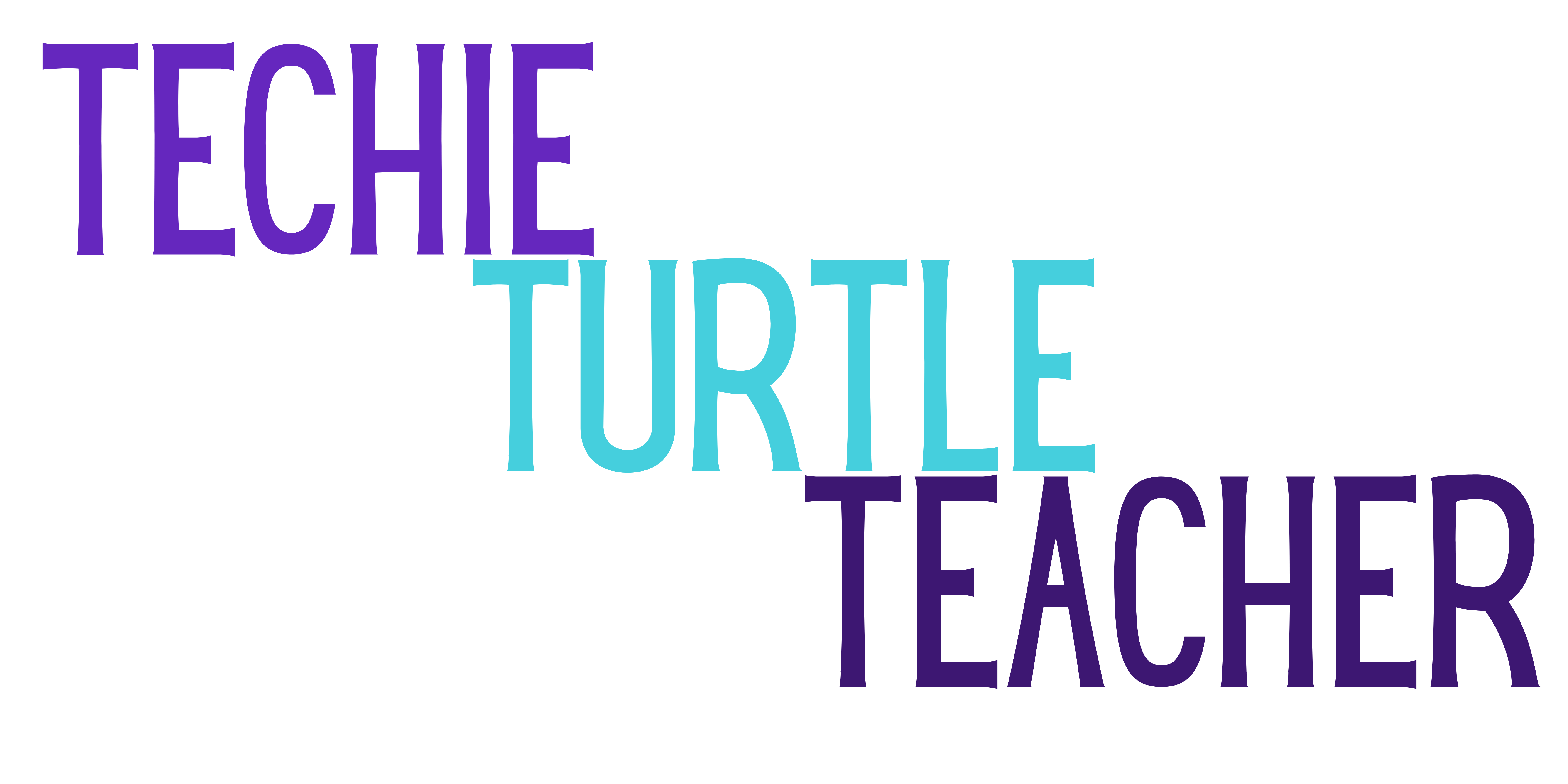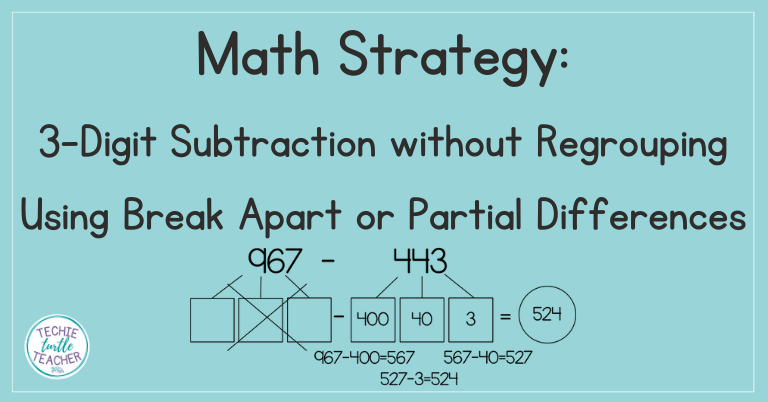2-Digit Subtraction without Regrouping Using Base Ten Blocks

Once students are familiar with the addition strategies, they are ready to subtract 2-digit numbers.
Just like with addition, subtraction without regrouping is an important pillar to teaching students how to subtract 2-digit numbers. It was my starting point for teaching 2-digit subtraction. I spent many days teaching 2.NBT.5 to build that foundation for students. No need to rush through these lessons. Students need to master subtraction without regrouping before they can understand how to regroup the numbers.
There are many strategies for subtracting 2-digit numbers, but I like to start with using base ten blocks to represent the numbers. It helps students visualize the numbers. You should use the physical base ten blocks to start and then move into drawings of base ten blocks. Finally, you can teach students how to draw sticks and dots to represent the tens and ones.
I love using these magnetic base ten blocks when teaching this strategy. You can model on the board or have students show the class how they solved problems with these.
Keep reading to learn more about this strategy and to find a resource you can use right in your classroom to teach 2-digit subtraction without regrouping.
2-Digit Subtraction without Regrouping Example

What do you think you would do to start solving 56 – 23?
You should build 56. Sometimes, you might see problems that also build 23. That will just confuse some students, so you want to teach the students just to build 56 in this example.
When working with the physical base ten blocks, it is not necessary to build 23.

Once you have the number built with base ten blocks, you will take away the 3 ones and the 2 tens.

At this point, you will count the tens and ones. Since you do not have to regroup the tens and ones, the answer is simple. There are 3 tens and 3 ones, so the answer is 33.
2-Digit Subtraction without Regrouping Using Drawings of Base Ten Blocks
Once the students master solving 2-digit subtraction problems using the physical base ten blocks, you can move to base ten blocks on paper. Let’s use the same problem again.

The students might see problems where both numbers are drawn using base ten blocks.
You can teach the students to just cross out the blocks with the whole number or they can cross out on both sides.
When the students are solving problems that do not involve regrouping, they need to show the base ten blocks crossed out to show take away. This example shows 23 crossed out on both sides.
I personally do not like to show students this way, but it is possible for them to see problems with the base ten blocks already drawn.

After the students cross off the tens and ones, they need to count the blocks that are not crossed off. That is the answer to the problem.
Once the students master crossing off the tens and ones to get the answer, you can take it a step further.
I like this last version of solving these problems because it is less likely to confuse students this way.
2-Digit Subtraction without Regrouping Using Sticks and Dots
You can introduce sticks and dots as a simple way to draw tens and ones. When using sticks and dots, you can just give the students the problem and they can draw sticks and dots to solve. This saves you time and gives your students the opportunity to show their thinking.
When given subtraction problems, students only need to draw 56. Teach them NOT to draw 23 – that is the number they are taking away, which will be shown by crossing off.

Students should draw an X on the tens and ones to show those base ten blocks were taken away. Then they count the sticks and dots that are not crossed off to get their answer.

Important Note: When students are drawing their own sticks and dots, they need to draw them neatly and far apart so they don’t get confused when crossing off the tens and ones. If the sticks and dots are drawn too close together, it may be hard to count the ones that are not crossed off.
Practice 2-Digit Subtraction without Regrouping
Do you need some practice pages for your students to use with this strategy?
Click the image below to purchase the full product on TPT.
Pin this to Pinterest for later






